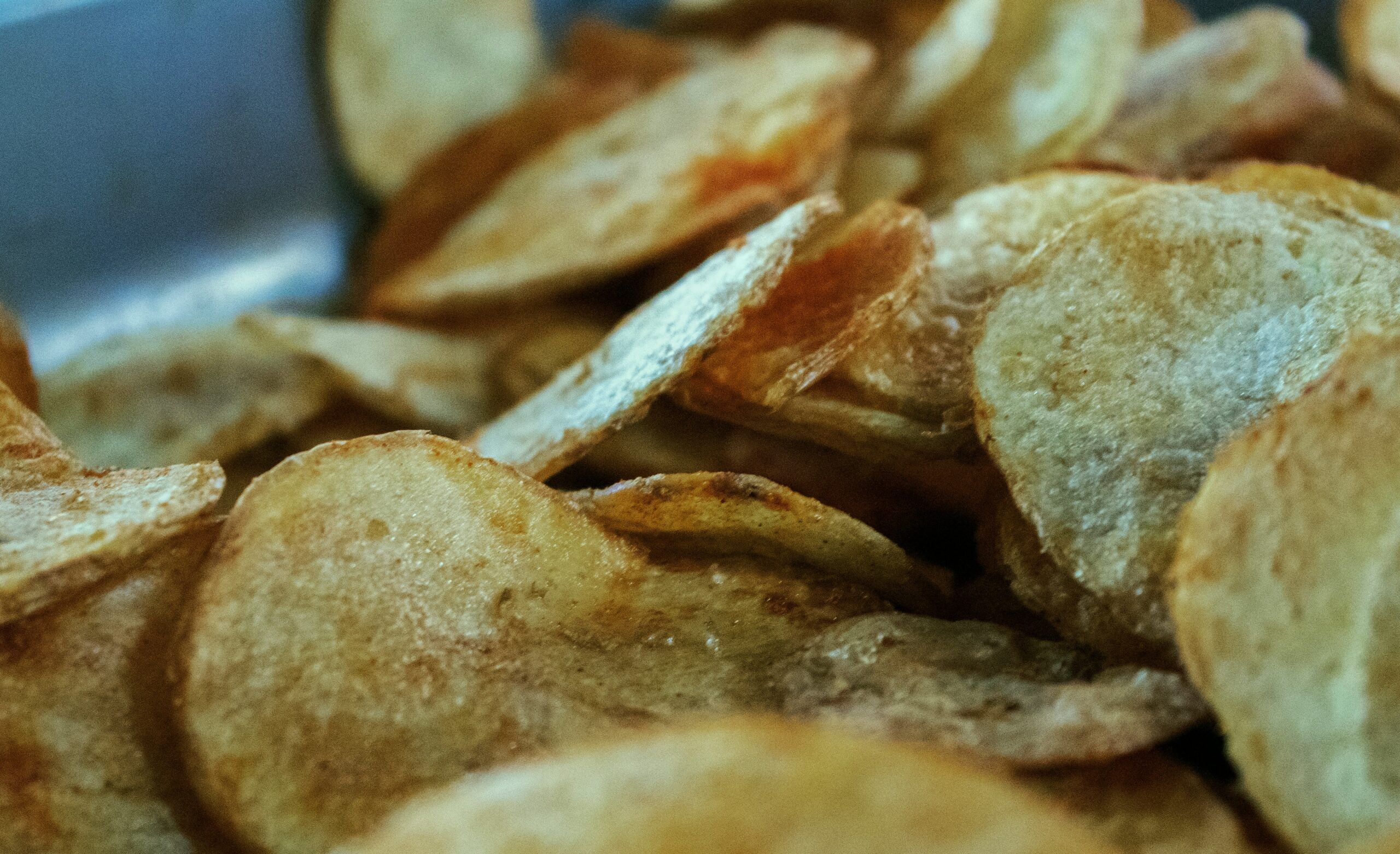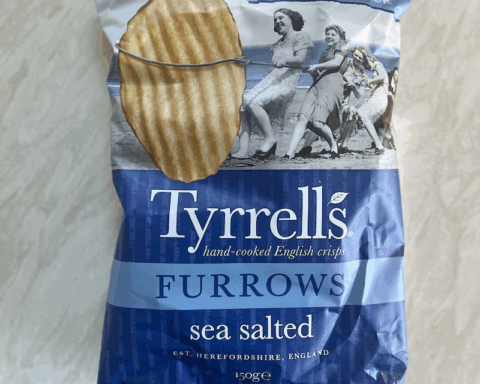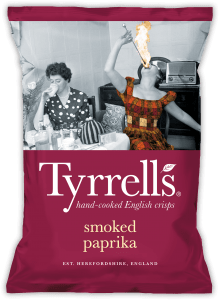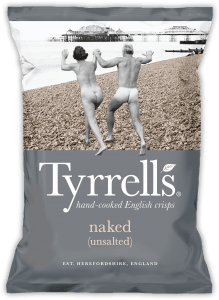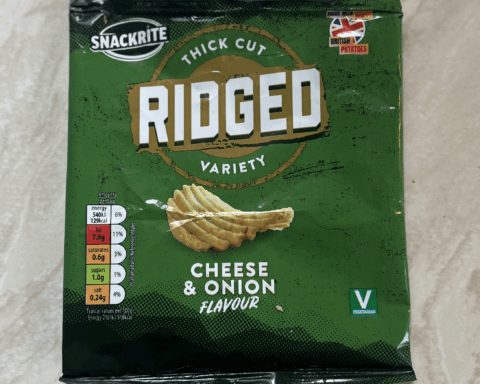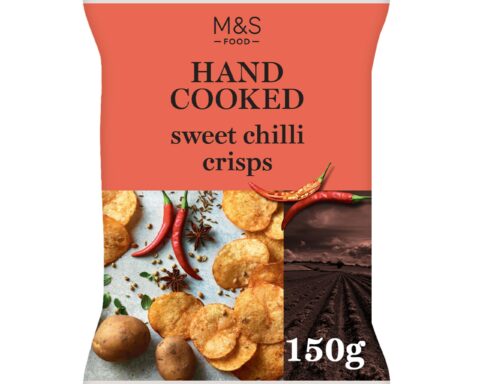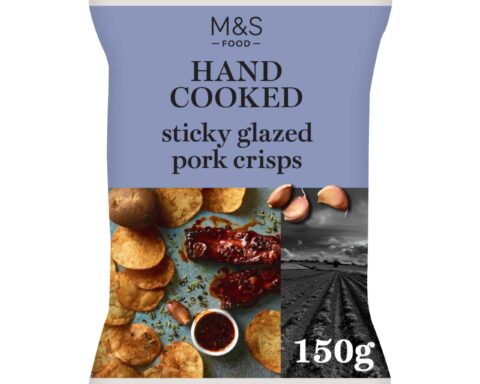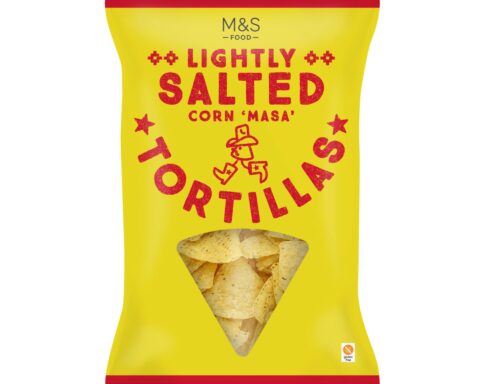There’s something almost alchemical about the process of turning a humble potato into a crisp. One moment, it’s a lump of root veg pulled from British soil; the next, it’s a golden sliver of joy, crackling in your mouth and dusted with smoky bacon or a whisper of sea salt. But how, exactly, does a crisp come to be?
Let’s walk through the journey—from soil to snack—with the reverence it deserves.
The right potato: Not all spuds are crisp-worthy
Crisp-making begins with the selection of the right potato variety. You can’t just dice up a Maris Piper and hope for the best.
“Most crisp manufacturers use varieties like Lady Rosetta, Saturna, or Hermes,” explains the British Potato Council. “These are chosen for their low sugar and high dry matter content.”
Low sugar is vital—because sugar caramelises too quickly in the fryer, causing browning or a bitter aftertaste. What you want is a golden crunch, not a burnt shard.
Washing, peeling and slicing: Precision matters
Once harvested, potatoes are sorted, washed, and often peeled (though some artisanal brands proudly leave the skins on for that “home-cooked” feel). Then comes the slicing—paper thin, and every slice uniform.
“Thickness is key,” says Kettle Chips UK. “Ours are sliced to precisely 1.4mm—any more and they lose their crispness, any less and they shatter.”
After slicing, the crisps are rinsed again to remove excess starch—a crucial step. Too much surface starch and the crisps can clump together or go limp.
The frying: Where the magic happens
Now, the real alchemy: the fry.
Most crisps are cooked in sunflower or rapeseed oil at around 165°C–180°C. In continuous production lines, slices enter the fryer via conveyor belts and emerge golden minutes later. For kettle-cooked crisps, it’s all small-batch and hand-stirred—a process Tyrrells proudly touts on their packaging.
As the crisps sizzle, moisture escapes, starches crisp up, and the iconic crunch is born.
Seasoning: The flavour frontier
Hot crisps move straight to the seasoning drums, where a fine mist of flavoured powder is applied. Timing is everything. “The oil still clinging to the crisp acts like glue for flavourings,” notes Snack Food & Wholesale Bakery.
The classics—Ready Salted, Cheese & Onion, Salt & Vinegar—are joined these days by more exotic experiments like Truffle, Katsu Curry, or even Lamb & Mint. Love them or loathe them, flavour innovation keeps the shelves exciting.
Packing and nitrogen flushing: Why the bags puff
Ever wondered why crisp bags seem half full? That’s not air—it’s nitrogen. This harmless gas displaces oxygen, which would cause the oil in crisps to go rancid.
“Nitrogen keeps the crisps fresh and extends shelf life without preservatives,” says Walkers UK. It also acts as a cushion, protecting the contents during transport.
From farm to foil: The whole process takes hours
From field to finished bag, the entire crisp-making process can take just a few hours. But the result? A staple of the British snack lexicon. Whether you’re munching them at a picnic, with a pint, or straight from the packet in your car before anyone sees—crisps are cultural currency.
Final thoughts from a crisp enthusiast
I’ve said it before, and I’ll say it again: a good crisp is a small act of edible joy. They may be mass-produced, but when made with care, they carry the character of the soil, the precision of the process, and the ingenuity of flavour craft.
And next time you rip open a bag of mature cheddar & red onion, take a moment. That crisp has lived a life.
Sources and Further Reading
- British Potato Council: britishpotatoes.co.uk
- Kettle Chips UK Manufacturing Insight: kettlechips.co.uk
- Walkers Crisps Process: walkers.co.uk
- Open Food Facts Crisp Database: openfoodfacts.org
- Snack Food & Wholesale Bakery Magazine: snackandbakery.com
